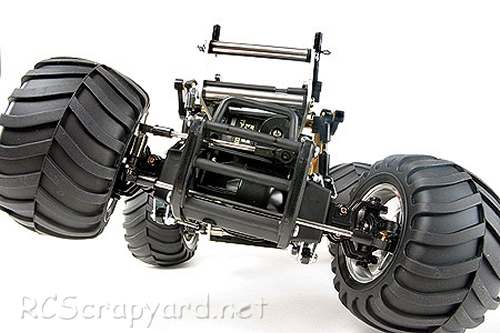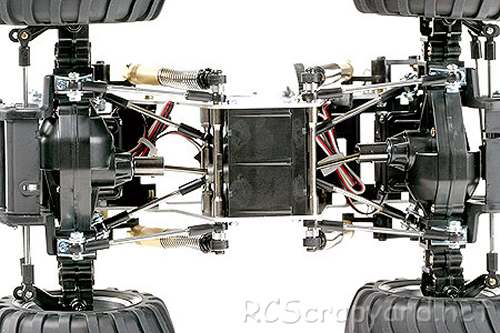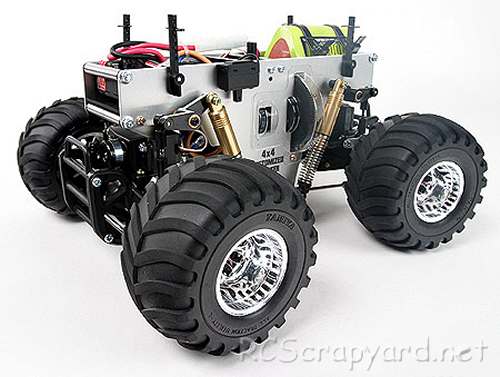

|
|
|


|
Tamiya TLT-1 Rock Buster - 47201 (Radio Controlled Model Review)1/18 Scale Electric Rock Crawler - TLT-1 Chassis:
Released by Tamiya on December 17, 2003, the 4WD TLT-1 (Tamiya Little Truck) Rock Buster (#47201) is one of their Little Gear Series, designed to use 540 electric motors and standard size ESC, Servos and radio system. A Rock Buster Combo (#47201c) was also available and in 2006 an Online Limited Sales Series Rock Buster (#23635) Factory Finished, Limited Edition was introduced.
▼ Scroll Down for More Images ▼
Rating: 4
|








|
|
|

|



Buying a Used TLT-1 Rock Buster Rock Crawler (and What to look for)
Make a General Visual Inspection
Check the Body-Shell
If the body shell of your Rock Crawler is broken, ripped or damaged in any way, this can be easily repaired with rubber solution glue. Also, for added protection and if available for your model, fit an under guard to stop dirt and gravel entering the chassis. Drive Shafts and Turnbuckles
Examine the Drive System
The gearbox of your used Rock Crawler should be opened up to check for damaged gears and wear. If there is excessive backlash in the gearing, these should be replaced. A thin coat of grease on the gears is enough to allow smooth operation and reduce further wear. Pinions and Spur Gears
Steering Servo and Servo-Saver
Don't Forget those Bearings
|









|






|
|
|
|
Hints, Tips and Information
Soldering Battery Packs
Nicad and Nimh batteries sometimes come as six separate matched 1.2 volt cells. These of course have to be soldered to each other in series to produce either a side by side stick pack, or a two times three cell saddle pack.
|
|
Hints, Tips and Information
Tires for Off-Road RC Models
If you only ever intend to race your Buggy, Truggy or Truck at your local track each week end, you will soon learn the best tire - insert combination for your particular model on that specific track surface type. But if you ever visit other tracks in your area, or move on to the national or international race meetings, at other tracks throughout the country, you will soon discover that your trusty setup will not work as well, and you will be forced to invest in many more sets of wheels and tires. |
|
RC Models:
|
Radio & Motors: |
Other
Accessories: |